The content of the article
If a whitefly has started up in the greenhouse, then it is necessary to take measures as soon as possible, otherwise this nasty tiny infection will destroy all plantings. Rather, not herself, but her larvae. The problem of gardeners is that at a certain stage of development a dense wax coat appears in the larva. It protects it very well from various insecticides.
How to deal with whiteflies in a greenhouse? There are methods. But they require systematic and perseverance.
Are small flies always a whitefly?
First you need to determine what it is whitefly. Out of ignorance, some confuse it with aphids. The mechanism of harming these insects is the same - they both suck plant juices. But the similarity ends here. Signs of whitefly plant damage:
- Shake the plant. Whiteflies take off in flocks, they are very similar to a tiny white moth.
- Larvae live on the back of the leaves. They look like shiny scales.
- With a severe lesion, a black oily sticky coating appears on the leaves. This is a fungus. It almost always attacks plants affected by whiteflies.
- There are no ants nearby that accompany the aphids.
If you do not begin to act, then after 2-3 days in your greenhouse there will be miserable remains of plants with twisted leaves.
Mechanical control methods
Lime whitefly is very difficult. But, if you carry out a full range of procedures, it is quite possible. The first way is mechanical. Butterflies are very fond of blue and yellow. Therefore, at a height of 15-20 cm above the plants, it is necessary to hang sticky traps of the selected color.
Some sources recommend using thick cardboard or pieces of plywood. We advise you to take plastic. It’s just easier to wash it later. From what? From adhering butterflies. Because just hanging yellow pieces of plastic will not help. They need to be greased with something sticky:
- petroleum jelly is mixed with honey 1 to 1
- Castor oil
- honey and rosin 1 to 1 (melt)
If it is not possible to independently prepare a sticky composition, then smear with purchased glue for cockroaches, ants or mice.
After the traps are hung up, you need to go through the greenhouse and gently shake all the plants. Whiteflies take off, stick to the plastic. They are washed off, a new portion of the sticky composition is applied. Then the procedure is repeated. This is done several times.
This will help get rid of most adult insects. Larvae are mechanically fought differently. They are simply washed off with a strong stream of water. Or each leaf is washed with a soft cloth with soapy water.
Methods are good if carried out regularly. This helps plants withstand at least a little insect onslaught. But in order to completely get rid of whiteflies in the greenhouse, you still have to work hard.
Freezing or smoke
In regions with cold winters, freezing of the greenhouse helps. With the onset of stable frosts, it is necessary to open all the windows and doors. Then you should take out all the snow outside so that its layer is as small as possible. This will allow the soil to freeze to maximum depth. All whitefly pupae will die.
What should the owners of greenhouses in the southern regions do? After all, there are severe frosts - rare guests. Infected greenhouses are treated with smoke bombs. Just not sulfuric, it will not help. Tobacco checkers do an excellent job with whiteflies. They are set on fire (4-5 pieces) and the greenhouse is tightly closed for a day. Did not find a checker on sale? Buy 4 packs of the cheapest cigarettes without filter. Gutted them, spread on plates or metal sheets.They ignite, then extinguish, leaving only decay. The principle of action is like a checker.
Chemical methods
The insidiousness of whiteflies is that all subsequent generations quickly get used to the used insecticides. Consequently, the maggots absolutely on the drum your spraying with chemicals. Plus, their wax coating is almost impervious. Therefore, you need to use chemistry every time different. Aphid preparations are most effective for controlling whiteflies in a greenhouse. Only now before use will you have to remove all unripe fruits. Because plants absorb poison well. And let insects drink poisonous juice better than humans.
Instead of spraying, you can use fumigators. Turn them on at night, the windows close tightly. Or they burn mosquito coils.
Helps spraying dichlorvos in the greenhouse. 3 times with an interval of 9-12 days. Categorically not suitable for greenhouses with plantings of green and spicy herbs. Then it is almost impossible to wash them from the poison. But for planting vegetables, the method is quite suitable. After harvesting, they can be washed with a brush under running water.
Very well proven infusions of plants that have caustic or poisonous juice. These include garlic, dandelion, tansy, yarrow, tobacco. The method of preparing the infusion is very simple. Take 100 g of fresh raw materials, pour 1 liter of boiling water. Insist a day, then filter. Plants are sprayed 4 times with an interval of 5 days. Be sure to shed the earth around the plantings with infusion diluted with clean water 1 to 1.
Alternatives
There are several reviews about interesting methods of controlling whiteflies in a greenhouse:
- Sugar. On 1 liter of water put 1 tbsp. l granulated sugar, stirred, then sprayed planting.
- Alcohol 96%. 50 ml of medical alcohol are added to 1 liter of pure water. Use for spraying.
- Venus flytrap. Several plants are planted in the greenhouse. It only eats butterflies; it is powerless against larvae.
- Vinegar. For 10 liters of clean water you need to take 5 tbsp. l vinegar essence 70%. Stir and spray.
- Birch tar. 3 tbsp. l on a bucket of water. Sold at any pharmacy.
As you can see, in the fight against whitefly all means are good. And with each season, summer residents invent new ways.
Biological methods
In nature, there are three natural predators for whiteflies. You can plant them in greenhouses. After some time, they independently destroy all the nasty animals.
- The most ordinary ladybug. Caught in the meadows and brought into the greenhouse. The bigger, the better.
- Predatory bug. Catching it yourself is unlikely to succeed. But you can order it on the Internet.
- Ankarsia. A small fly-like insect. Also purchased through specialized sites.
It is very important at this time to stop using poisonous drugs. Otherwise, predators will die and there will be no sense.
By the way, planting in a greenhouse of tansy or dill attracts the aroma of predators from the outside. Then even riders and lacewings arrive. The former lay eggs in whitefly larvae, and the latter eat them with pleasure.
Prevention
Be sure to observe the temperature regime. At 22 ° C and higher, the life cycle of the nasty butterfly is accelerated. Accordingly, the number of pests is growing. Too much humidity also applies. Therefore, regularly ventilate the greenhouse and do not thicken the plantings.
Help plants adaptogens periodically. This gives them vitality and sometimes not to the taste of nasty butterflies.
Valuable Tips
- The whitefly itself does not start. Usually, the owners themselves bring it to the greenhouse with new planting material. Therefore, before you plant something, carefully inspect each leaf. At the slightest suspicion, discard the plant, do not risk it.
- In autumn, all planting residues are taken out of the site and burned. The greenhouse is treated inside with kerosene, a strong solution of copper sulfate or bleach. Do not forget about ceilings and safety measures.
- When spraying with any product, be sure to thoroughly moisten the bottom of the sheet plate. Because whitefly larvae live only there. Superficial wetting of the upper part will not bring the desired result.
- When time is lost and a black fungus appears on the plant, it is better not to spend money and your nerves. No regrets need to get rid of infected plants. There are no drugs for the treatment of such a fungus.
How to deal with whiteflies in a greenhouse? Diligently and patiently. You will have to use all available methods to get rid of these annoying pests.
Video: how to deal with whitefly

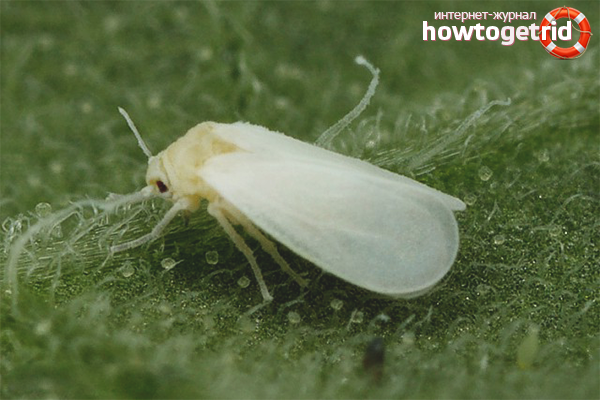
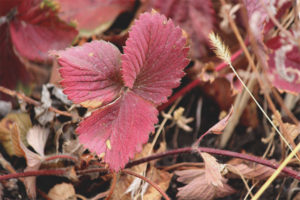
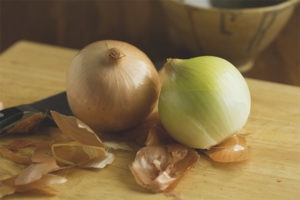
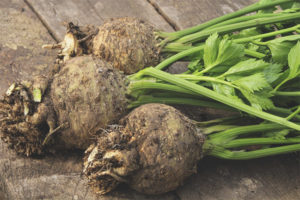
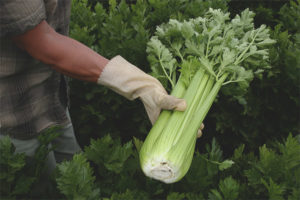
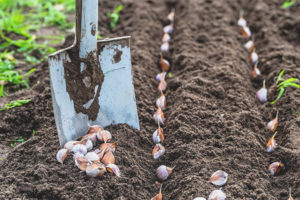
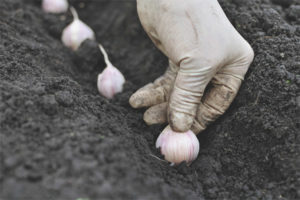
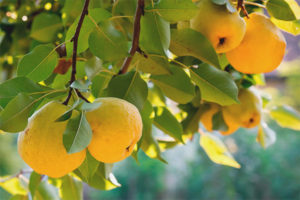
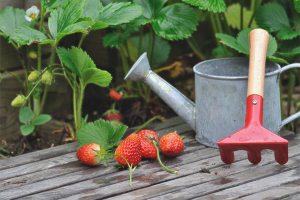
Submit